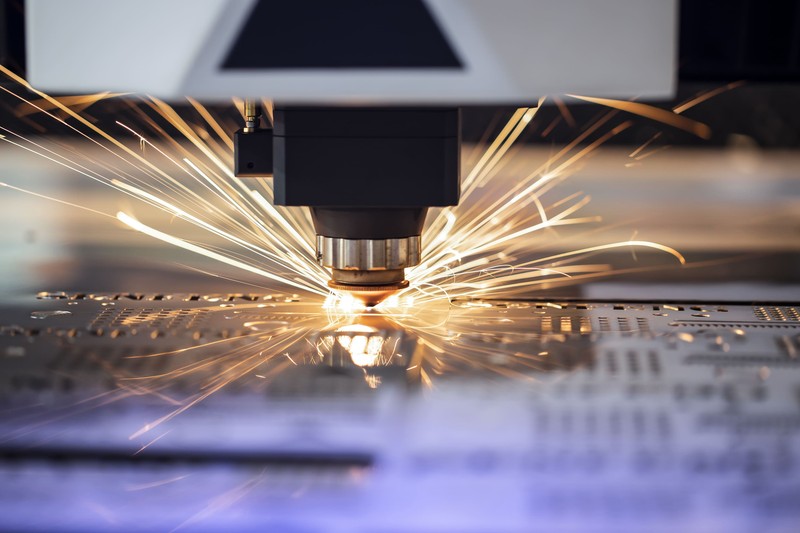In the fast-paced environment of modern One technological advancement that has become a mainstay in this pursuit is the laser welder. This advanced tool redefines the welding process, delivering unparalleled precision and speed. In this blog post, we’ll dive into the ins and outs of laser welding machines, exploring their underlying technology, their diverse applications in various industries, and the game-changing advantages they bring.
Understanding Laser Welding Technology:
Laser welding utilizes a concentrated, high-powered laser beam to melt and fuse materials.
The non-contact nature of laser welding minimizes the risk of contamination, making it ideal for industries with stringent cleanliness requirements.
By focusing on the pinpoint precision achieved by laser welding, manufacturers can ensure the highest quality welding.
Cross-Industry Applications:
In the automotive industry, laser welding machines play a pivotal role in joining parts and components, enhancing the structural integrity of vehicles.
The electronics industry benefits from laser welding, playing a crucial role in the production of devices that demand precise and reliable connections.
Laser welding has significant applications in the medical field, particularly in the manufacture (dwcnclaser.com) of medical devices that require small, intricate welding for precision instruments.
Advantages of Laser Welding:
Precision: Laser welding machines offer superior precision for tasks requiring intricate and delicate welding.
Speed: The high-speed nature of laser welding significantly reduces production time, contributing to overall efficiency improvement.
Minimal Heat Affected Zone (HAZ): Laser welding minimizes heat transfer to the surrounding area, mitigating the risk of deformation and damage to adjacent materials.
Environmental and Cost-Efficiency:
Energy Efficiency: Laser welding stands out for its energy efficiency, reducing the overall energy consumption of the welding process.
Cost Savings: The precision and speed of laser welding bring cost savings to manufacturers by minimizing material waste and enhancing production efficiency.
Challenges and Considerations:
Initial setup costs and maintenance requirements pose potential challenges that need consideration.
Safety considerations are paramount when using laser welding equipment, emphasizing the need for proper training to ensure a secure working environment.
Conclusion:
In conclusion, laser welding machines represent a revolutionary advancement in manufacturing. Their applications across diverse industries, coupled with their precision, speed, and environmental advantages, position them as a driving force in shaping the future of welding methods. As technology evolves, laser welding machines stand tall, unlocking new possibilities and setting new benchmarks in the pursuit of precision and efficiency.manufacturing.









